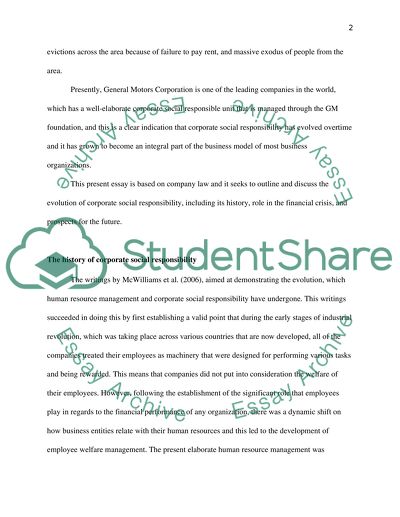Cite this document
(“Outline and discuss the evolution of CSR, including its history, role Essay”, n.d.)
Outline and discuss the evolution of CSR, including its history, role Essay. Retrieved from https://studentshare.org/law/1489548-outline-and-discuss-the-evolution-of-csr-including
Outline and discuss the evolution of CSR, including its history, role Essay. Retrieved from https://studentshare.org/law/1489548-outline-and-discuss-the-evolution-of-csr-including
(Outline and Discuss the Evolution of CSR, Including Its History, Role Essay)
Outline and Discuss the Evolution of CSR, Including Its History, Role Essay. https://studentshare.org/law/1489548-outline-and-discuss-the-evolution-of-csr-including.
Outline and Discuss the Evolution of CSR, Including Its History, Role Essay. https://studentshare.org/law/1489548-outline-and-discuss-the-evolution-of-csr-including.
“Outline and Discuss the Evolution of CSR, Including Its History, Role Essay”, n.d. https://studentshare.org/law/1489548-outline-and-discuss-the-evolution-of-csr-including.


